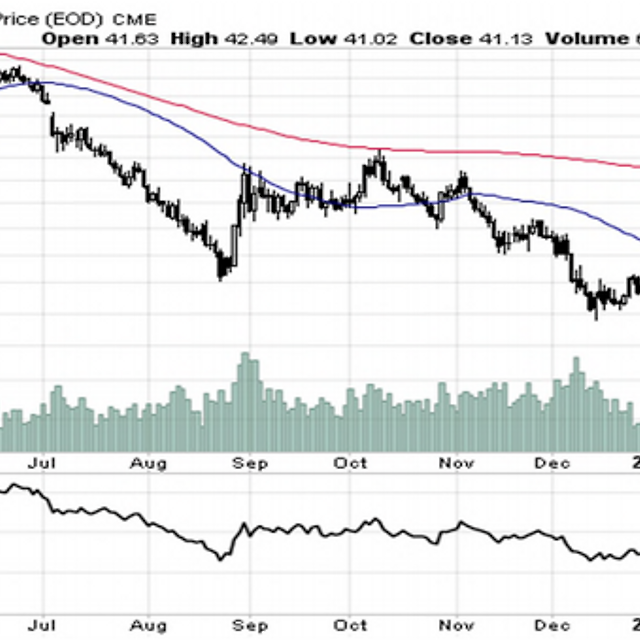래리 서머스, 장기 불황 가능성 언급
2016. 2. 25. 22:37 - the thinker래리 서머스가 장기 불황 가능성을 언급했다. 최근 브리지워터 창립자인 레이 달리오도 장기 경기 순환 과정의 하락 초입일지 모른다는 가정을 했다.
만일 이들이 언급한 장기 불황이 사실이라면 우리는 자본주의의 핼리 혜성을 보고 있는 것이다. 핼리 혜성이 75년을 주기로 지구로 찾아오는 것처럼, 가장 최근의 장기 경기 순환 하락 사이클은 1929년의 세계 대공황이었다.
이제 거의 80년만에 세계 경제 모두에 유동성이 지나치게 많이 공급되어 있는 것이 아닌가 하는 생각을 투자자들이 하기 시작한 듯하다.
생산성 향상이 유동성 공급을 따라가지 못한다는 증거는 여기 저기 넘쳐있다. 기업들은 돈을 투자하고 싶지만 투자할 곳이 없어서 유보금은 쌓이고 있다. 투자할 곳이 별로 없기 때문에 (미국의 IT 기업을 제외하고) 바이오라는 거의 유일해 보이는 대안으로 유동성이 지나치게 몰리고 있다. 이러한 유동성과 생산성의 스프레드 (이런 수치를 정의해보자)는 최근의 단기 경기 순환 과정에서 해소되지 못하고 있는 것으로 보인다.
과연 세계 경제가 대대적인 디레버리징의 시기로 진입하게 될 것인가?
아직 결론짓기는 조금 이르다고 보지만... 유동성 - 생산성 스프레드가 높은 수준이라는 것은 사실이라는 점. 그 점이 나를 고민하게한다.
Increasingly Convinced of the Secular Stagnation Hypothesis
02/17/2016
Foreign Affairs has just published my latest on the secular stagnation hypothesis. I am increasingly convinced that it captures what is going on in the industrialized world and that the risks of long term weakness on the current policy path are growing.
Unfortunately since I put forward the argument in late 2013, the data have been all too supportive. Despite monetary policy being much more expansionary than was expected and medium term interest rates falling rapidly, growth and inflation throughout the industrial world have been much lower than anticipated. This is exactly what one would expect if structural factors were increasing saving propensities relative to investment propensities.
Bond markets are now saying that neither inflation rates approaching 2 percent targets or real interest rates substantially above zero are on the horizon anytime in the foreseeable future. Growth forecasts are being revised downwards in most places and there is growing evidence in the United States that inflation expectations are becoming unanchored to the downside.
I would put the odds of a US recession at about 1/3 over the next year and at over ½ over the next 2 years. There is a substantial chance that widening credit spreads, a strengthening dollar as Europe and Japan plunge more deeply into the world of negative rates, and lower inflation expectations will be tightening financial conditions even as recession looms. And while there is certainly scope for QE, for forward guidance and possibly for negative rates it is very unlikely that the Fed can take steps that are nearly the functional equivalent of 400 basis point cut in Fed funds that is normally necessary to respond to an incipient recession.
If I am right in these judgements, monetary policy should now be focused on avoiding an economic slowdown and preparations should be starting with respect to the rapid application of fiscal policy. The focus of global coordination should shift from clichés about structural reform and budget consolidation to assuring an adequate level of global demand. And policymakers should be considering the radical steps that may be necessary if the US or global economy goes into recession.
Of course, real time economic theorizing is problematic and I cannot be certain that I am reading the current situation accurately. If the Fed succeeds in significantly raising rates over the next two years without a growth slowdown and if inflation accelerates to 2 percent, I will conclude that the secular stagnation hypothesis was overly alarmist in confusing cyclical elements with long term problems. If on the other hand, the economy turns down even at current interest rates, secular stagnation will have to be taken more seriously by policymakers than is currently the case.
출처: 래리 서머스 닷컴
'시황' 카테고리의 다른 글
| 유가 반등과 앞으로의 전망 (0) | 2016.03.21 |
|---|---|
| 래리 서머스, 세계는 낮은 인플레이션의 새로운 도전에 직면했다. (0) | 2016.03.09 |
| 아베가 말하는 아베노믹스 (0) | 2016.02.24 |
| 마이너스 금리와 함께 재발견된 금의 가치 (0) | 2016.02.14 |
| 중력파 검출과 도이치뱅크 (0) | 2016.02.14 |


